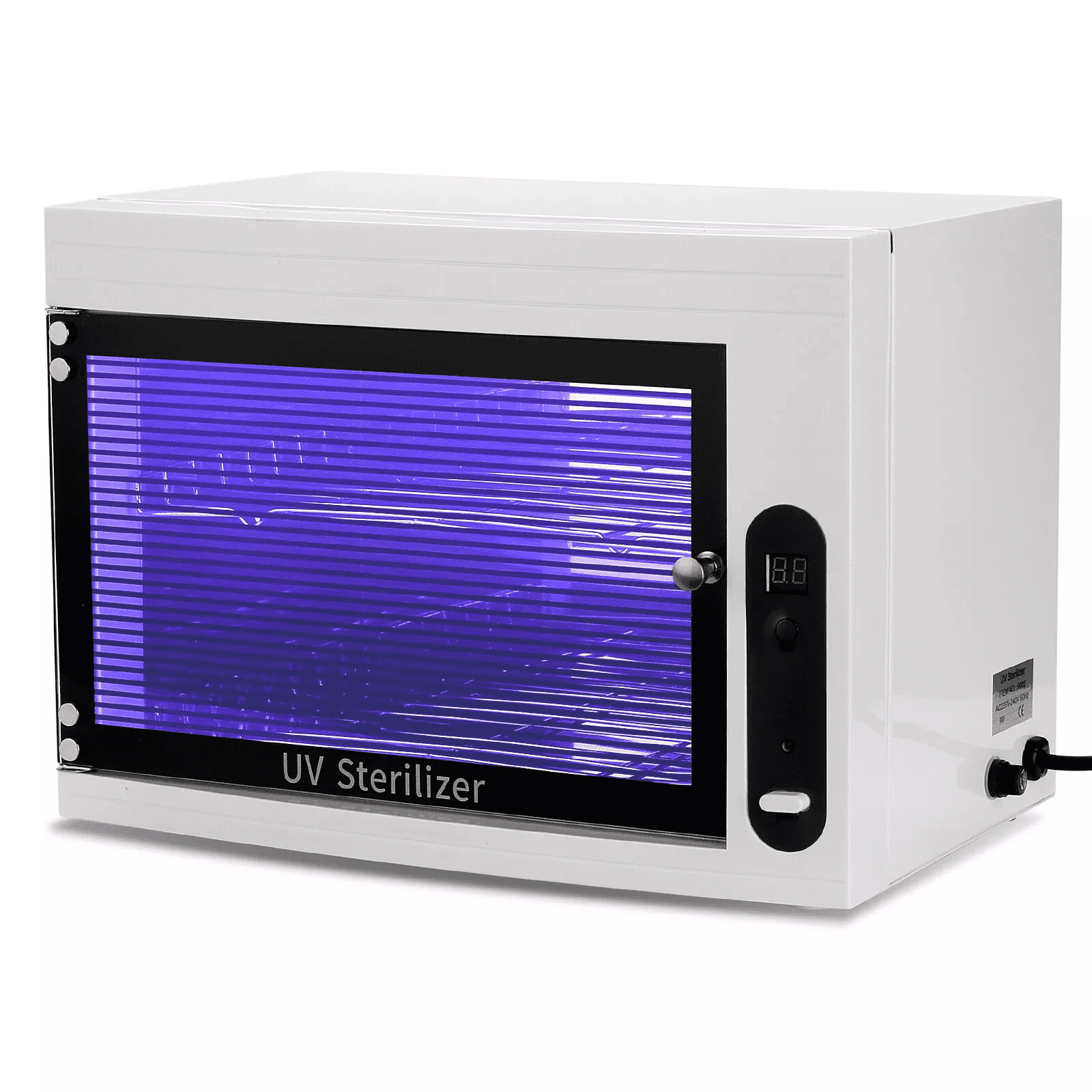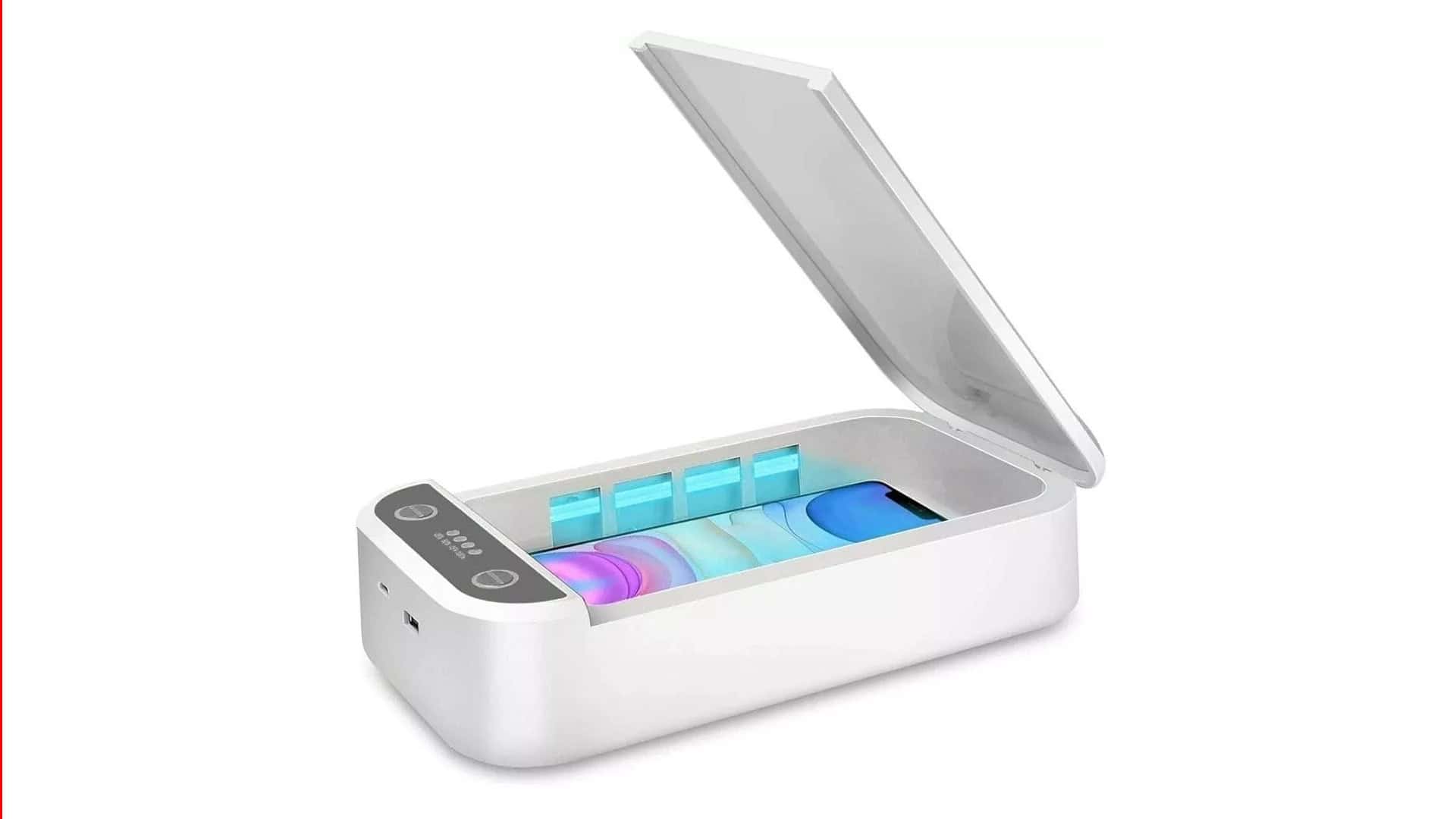We all know our phones can get pretty grimy. We touch them constantly, take them everywhere, and rarely give them a proper cleaning. That’s where UV light phone sanitizers come in, promising to zap away those germs with the power of light. But do these devices really work? Let’s dig into the science and find out if they’re worth adding to your cleaning routine.
Shining a Light on UV Phone Sanitizers: Do They Really Work?
UV light phone sanitizers have become increasingly popular, promising a quick and easy way to kill germs on your phone. But do they actually live up to the hype? Let’s take a closer look at the science behind UV sanitizers and whether they’re an effective way to keep your phone clean.
How UV Light Sanitizers Work

UV light sanitizers use ultraviolet (UV) light to kill bacteria and viruses. UV-C light, a specific type of UV light, is known for its germicidal properties. It works by damaging the DNA of microorganisms, preventing them from replicating and causing harm.
When you place your phone in a UV sanitizer, the device emits UV-C light, which penetrates the surface of your phone and kills any germs that are present. The process typically takes just a few minutes.
The Effectiveness of UV Light Sanitizers
Studies have shown that UV-C light can be effective in killing a wide range of bacteria and viruses, including those that commonly cause illness. However, the effectiveness of UV phone sanitizers depends on several factors:
- The wavelength of the UV light: UV-C light with a wavelength of around 254 nanometers is most effective for germicidal purposes.
- The intensity of the UV light: The stronger the UV light, the more effective it will be at killing germs.
- The exposure time: The longer the exposure to UV light, the more germs will be killed.
- Coverage and Shadows: The UV light needs to reach all surfaces of the phone. Cases, phone shape, and the sanitizer’s design can create shadows where germs survive.
When used correctly, UV phone sanitizers can be an effective way to reduce the number of germs on your phone. However, it’s important to note that they may not eliminate all germs, especially if the sanitizer is not used properly or if the phone is heavily contaminated.
Benefits of UV Light Phone Sanitizers
- Convenience: UV sanitizers offer a quick and easy way to sanitize your phone.
- Chemical-free: They don’t rely on harsh chemicals or liquids.
- Safe for electronics: When used as directed, UV-C light won’t damage your phone.
Limitations of UV Light Phone Sanitizers
- Effectiveness can vary: The quality of UV sanitizers can vary, and some may not be as effective as others.
- May not reach all surfaces: UV light may not be able to reach all the crevices and corners of your phone.
- Doesn’t remove dirt and grime: UV sanitizers only kill germs; they don’t remove dirt or other debris.
UV Light Phone Sanitizers: Pros and Cons
| Pros | Cons |
|---|---|
| Convenient and easy to use. | Effectiveness can vary depending on the device. |
| Chemical-free. | May not reach all surfaces of the phone. |
| Safe for electronics. | Doesn’t remove dirt and grime. |
Beyond UV: Other Ways to Clean Your Phone
While UV sanitizers can be helpful, they’re not the only way to keep your phone clean. Here are some other methods you can use:
- Microfiber Cloth: A simple microfiber cloth is great for removing fingerprints, smudges, and dust from your phone’s screen and body. You can dampen the cloth slightly with water for more stubborn marks.
- Disinfectant Wipes: Look for wipes that are specifically designed for electronics and contain at least 70% isopropyl alcohol. These wipes can effectively kill germs on your phone’s surfaces. Important: Avoid getting moisture in any openings, and never use bleach.
- Soap and Water: In some cases, you can use a mild soap and water solution to clean your phone. Apply the solution to a microfiber cloth, not directly to the phone, and gently wipe down the surfaces. Dry thoroughly afterward.
- Compressed Air: Use compressed air to remove dust and debris from hard-to-reach areas like the charging port or speaker grills. Be sure to use short bursts of air and hold the can upright to prevent moisture from getting inside your phone.
UV light phone sanitizers can be a helpful tool for keeping your phone clean, but they’re not a magic bullet. It’s important to choose a quality device and use it correctly. Regular cleaning with a microfiber cloth and disinfectant wipes is still recommended. No matter which cleaning method you choose, remember to be gentle and avoid using abrasive materials that could scratch your phone’s screen or body. Also, check your phone manufacturer’s website for specific cleaning recommendations for your device model.
UV Light Phone Sanitizers: Effectiveness and Usage
Stay Informed with Our Newsletter
Sign up for our mobile tech newsletter to receive top stories directly in your inbox. By subscribing, you agree to our terms and privacy policy. You can opt out anytime.
Frequently Asked Questions
Do UV light devices clean phones effectively?
UV light devices can reduce germs on phones. Studies show certain UV wavelengths destroy viruses and bacteria. But effectiveness varies between products. Many sanitize rather than fully disinfect. Proper use is key – devices need enough exposure time and intensity to work well.
What are some top UV phone cleaners?
Popular UV phone sanitizers include:
- PhoneSoap 3
- HoMedics UV-Clean Phone Sanitizer
- Mophie UV Sanitizer
- Casetify UV Sanitizer
Features to consider: 360-degree coverage, automatic shutoff, and charging capability. Prices range from $60-$100 for most models.
Can UV light harm phone screens or parts?
UV light is unlikely to damage modern phone screens or components when used as directed. Most sanitizers use safe UV-C wavelengths. They also have protective coatings and short exposure times. Still, check manufacturer guidelines and avoid overuse.
What are UV sterilization drawbacks?
UV sanitizers have some limitations:
- May not reach all surfaces
- Effectiveness varies by model
- Can’t remove dirt or grime
- Higher cost than other methods
- Bulky size for travel
Regular cleaning is still needed alongside UV use.
How do UV cleaners compare to other methods?
UV sanitizers vs. traditional cleaning:
| UV Sanitizers | Disinfectant Wipes |
|---|---|
| Contactless | Manual wiping |
| No chemicals | Chemical residue |
| One-time cost | Ongoing purchases |
| Limited reach | Cleans all surfaces |
Both can be effective when used correctly.
Is a personal UV sanitizer worth buying?
For most people, a UV sanitizer isn’t essential. Regular cleaning with soap or disinfectant wipes is often sufficient. UV devices may benefit those who:
- Are immunocompromised
- Work in high-risk environments
- Want an extra layer of protection
Consider your needs and budget before purchasing.







